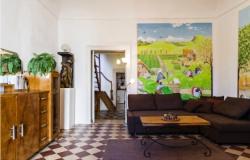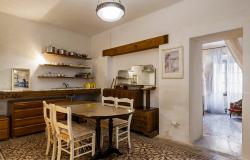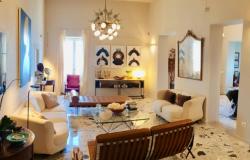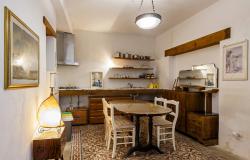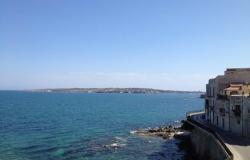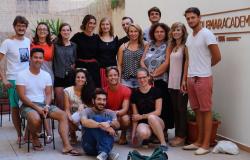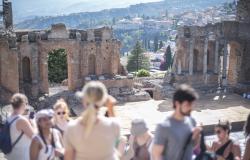If you’ve already visited Palermo, then you’ll probably know the city’s main attractions worth to be admired both on the outside and the inside: the majestic Norman-Arab style Holy Virgin Cathedral; the austere Palazzo dei Normanni – once the Royal Palace, now hosting the Sicilian Parliament – with the mesmerizing Palatin Chapel; the elegant Massimo Theatre, remembering the splendors of the Belle Epoque period and offering an impressive view of the city and the gulf from its upper terrace, and of course, there are many more.
Yet, as many other cities of Southern Italy, Palermo has much more to be discovered that lies beyond the surface. Passing through the doors and portals of run-down buildings, once magnificent noble mansions, offers true hidden gems yet to unearth.
The astonishing Stanze al Genio Majolica Museum is amongst them.
On the first floor of the Torre Piraino Palace – dating back to the XVI century in the Kalsa area, not too far from the city harbor – several apartments have been brought back together to recreate the ancient “noble floor”, once hosting the reception and bedrooms of the landlords family. Now a huge private apartment, the “house museum” hosts over 4000 hand painted majolica – hailing from Sicily and Naples and dating back from the XVI century up to the beginning of the XX century. Now the collection belongs to the Stanze al Genio cultural association created in 2008 by Pio Mellina.

A true Palermitan, passionate, cultured and welcoming, he started being interested in the art of majolica since childhood. “I was attracted by geometric patterns and colors more then stickers, as a child” he explained us, “And I’ve always loved browsing through antique stores and markets in search for old majolica. At one point I realized they were way too many and I decided to create a place to display them”.

The collection grew since then, and so did the space: the museum now counts eight rooms, each hosting a notable number of majolica displayed on the walls organized by style and period and surrounded by vintage furniture, renovated majolica floors and mural paintings.
Pio Mellina knows each of them well, and can tell of their origin, production and history.
“Most of them come from Naples and Sicily, and you can tell the period by their size and colors. The oldest ones date back to the 1500s and to first half of the 1600s, when they used a smaller format of 13,5x13,5 cm and Arabic style yellow patterns. In Naples and Cerreto (a small village in Campania region boasting a glorious majolica and ceramic tradition) they used the 22x22cm size and delicate pastel colors in the 1700s and switched to the smaller 20x20 in the 1800s, using a lot of blue and yellow. Red was only used from the Nineteenth century onwards, created and patented in the United Kingdom”.

Besides the rooms dedicated to Naples, Sicily – where this art was introduced by Arabs – one room is dedicated to the majolica from Burgio; a medieval village in the heart of the Mounts Sicani Park near Agrigento, with their floral and ornithological decorative motifs. Others are dedicated to the manufacture from Santo Stefano di Camastra, a coastal village half way between Palermo and Messina, with their typical blue shades, and from the Palermo area, including a huge wall panel representing the picturesque San Nicola castle facing over the gulf.
One final room with a beautiful Liberty décor (more are under renovation), brings back to light ancient decorations and ornaments and hosts pieces from the renowned “Sicilian majolica capitals” Sciacca and Caltagirone, hailing from different centuries and showing the evolution of this precious manufacturing art.
Mellina’s collector mania is not limited to ceramic: all around the museum it’s easy to spot other interesting objects, from vintage design decors, tin cans and toys to a lovely collection of stationery hailing from a historic local shop, now closed.
The House Museum is open to public upon reservation (calling at +39 340 0971561 or +39 335 6885379) and membership (€ 7,00). Yet, if you think the passionate guided tour is not enough, you can also choose to lodge in the peculiar B&B on the second floor of the same building, where you can sleep surrounded by colorful majolica and Liberty furniture.
Or, you can choose to support the Museum by buying gadgets and majolica or joining the crowdfunding project “adotta una maiolica” (adopt a majolica) here.


